
Egypt Animals
Follow the Trail of Wild Nature – Nature Tourism in Egypt
Egypt, a land of ancient wonders and modern marvels, is also home to a diverse array of fascinating wildlife. From the iconic Nile crocodile that lurks in the waters of the Nile River to the graceful gazelles that roam the desert landscapes, Egypt offers a unique opportunity to encounter a variety of animal species.
One cannot overlook the majestic presence of the Nubian ibex, a species of wild goat that navigates the rugged terrain of the Sinai Peninsula with remarkable agility. Additionally, the Egyptian mongoose, with its sleek fur and inquisitive nature, can be spotted darting through the country's arid regions. As you explore the natural habitats of Egypt, keep an eye out for the striking Egyptian vulture, a bird of prey that soars through the skies with effortless grace. Join us on a journey to discover the captivating wildlife that calls Egypt home.
Mammals of Egypt
In the diverse landscapes of Egypt, from the arid Sahara to the life-giving Nile, one can encounter a variety of mammals that have adapted to this land of contrasts. The Egyptian fruit bat, a nocturnal mammal, can be seen fluttering in the dusky skies, while the common Egyptian mongoose, known locally as the 'Pharaoh's mouse', scurries across the desert and grasslands. The graceful dorcas gazelle roams the sandy expanses, a true desert survivor, and the Nubian ibex, with its impressive curved horns, clings to the rugged mountain terrain of Sinai. The Red Sea is home to the charismatic dugong, a gentle marine mammal grazing on seagrass beds. These species, among others, form the tapestry of Egypt's mammalian wildlife, enchanting visitors with a glimpse into Africa's natural heritage.
Birds of Egypt
In the diverse landscapes of Egypt, bird enthusiasts can marvel at a variety of avian species thriving in their natural habitats. The Nile Valley and Delta are particularly rich in birdlife, where one can spot the vibrant Little Green Bee-eater and the graceful Great White Pelican. The deserts of Egypt are home to the resilient Lappet-faced Vulture, soaring high with its impressive wingspan. In the Sinai Peninsula, the striking Sinai Rosefinch, with its vivid pink plumage, can be found. The Red Sea coast offers a glimpse of the Osprey, a powerful raptor, diving for fish. These birds, among others, form an integral part of Egypt's natural heritage, enchanting birdwatchers and tourists alike with their beauty and diversity.
Reptiles
Top Spots for Wildlife Observation in Egypt
- Ras Mohammed National Park, situated at the southern extreme of the Sinai Peninsula, is a marine paradise where the clear waters of the Red Sea host a vibrant array of marine life. Divers and snorkelers can encounter a multitude of fish species, including the colorful clownfish, parrotfish, and the imposing Napoleon wrasse. The coral reefs are teeming with life, and if lucky, visitors might spot a sea turtle gracefully swimming by or a reef shark in the deeper waters.
- Wadi El Rayan Protected Area, located in the Fayoum Governorate, is known for its two lakes and waterfalls. The area is a haven for birdwatchers, with a chance to see a variety of bird species such as the greater flamingo, white stork, and various raptors. The desert surrounding the lakes is home to a number of desert species, including the fennec fox and the Dorcas gazelle.
- The White Desert National Park, famous for its surreal chalk rock formations, is situated in the Farafra depression. This desert landscape provides a habitat for a number of desert-adapted species. Visitors may spot the Rüppell's fox, sand cats, and the Egyptian jerboa. The park is also a place where various migratory birds pass through, adding a splash of life to the stark white terrain.
- Nabq Managed Resource Protected Area, located on the east coast of the Sinai Peninsula, is another coastal and marine protected area with mangrove forests being one of its key features. The mangroves are crucial for local bird species, including herons and ospreys. The adjacent coral reefs are also rich in marine life, similar to those in Ras Mohammed National Park.
- Lake Nasser, although a man-made lake, has become an important ecosystem for wildlife in southern Egypt. It is a significant reservoir for the Nile crocodile and also supports populations of African catfish and Nile perch. The lake's islands and surrounding areas are frequented by various bird species, including the African skimmer and the Goliath heron.
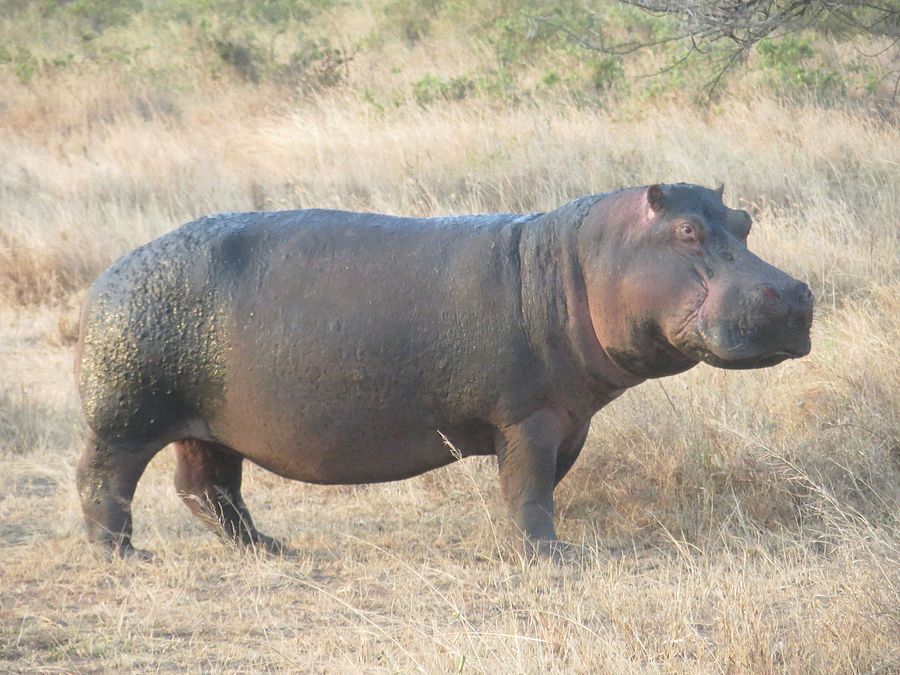
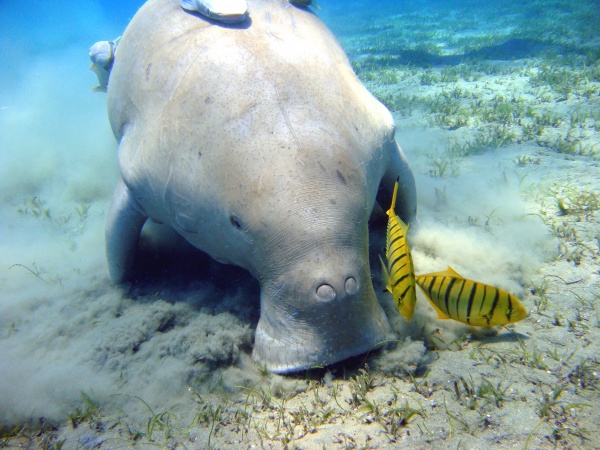
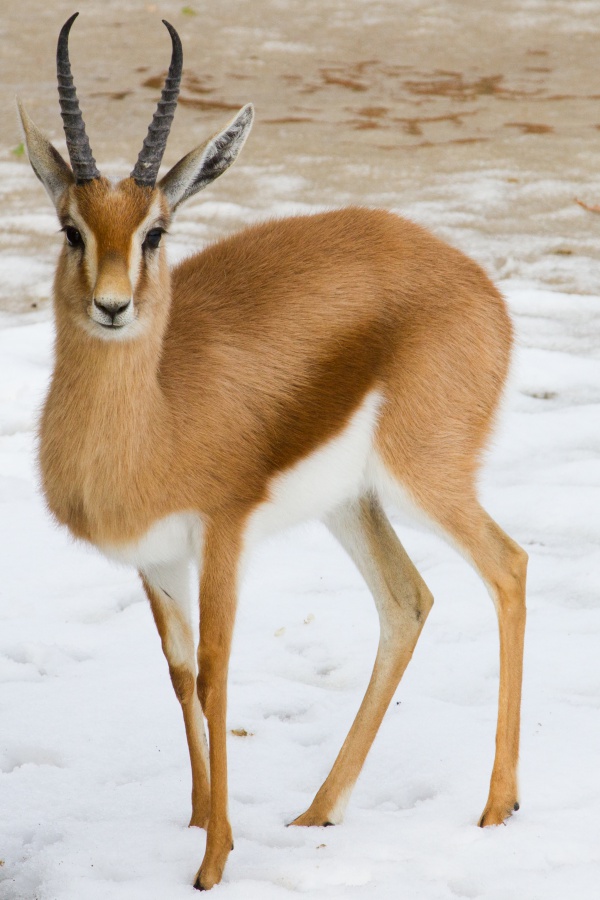
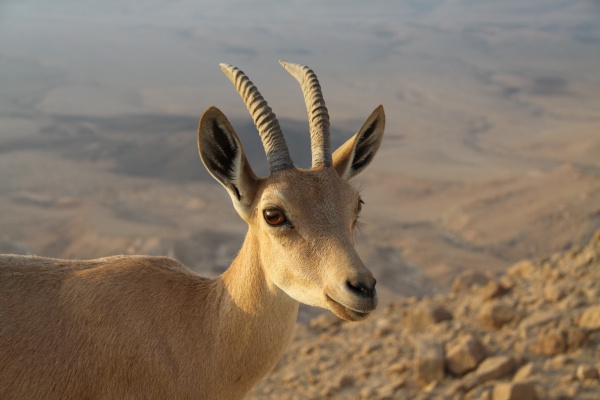
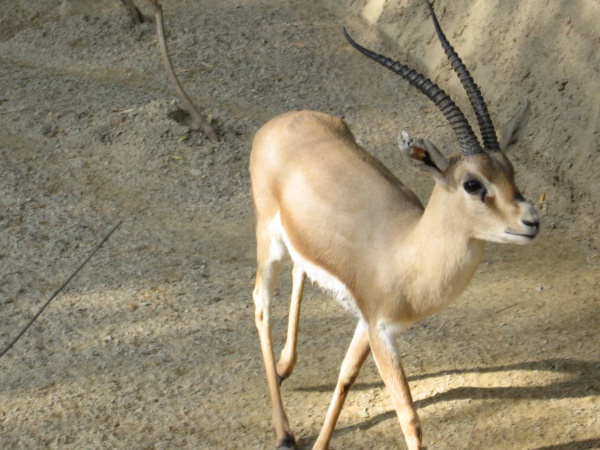
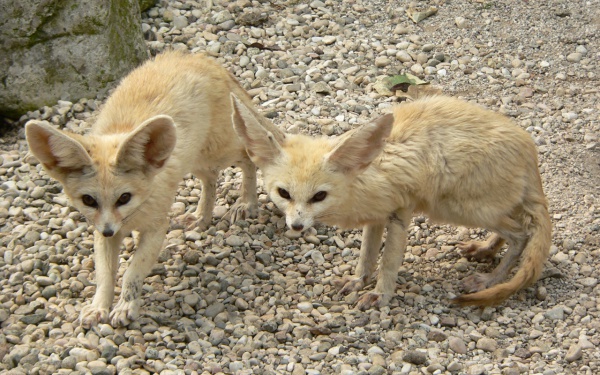
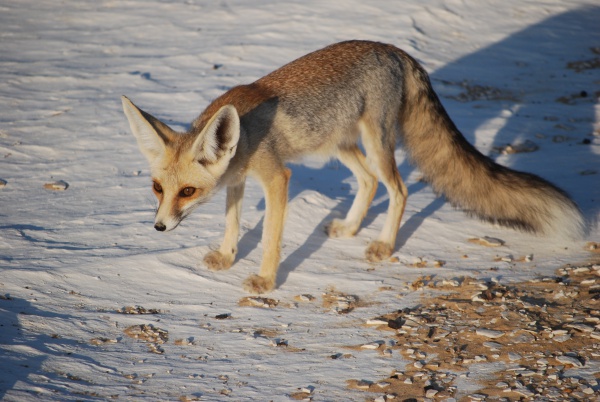
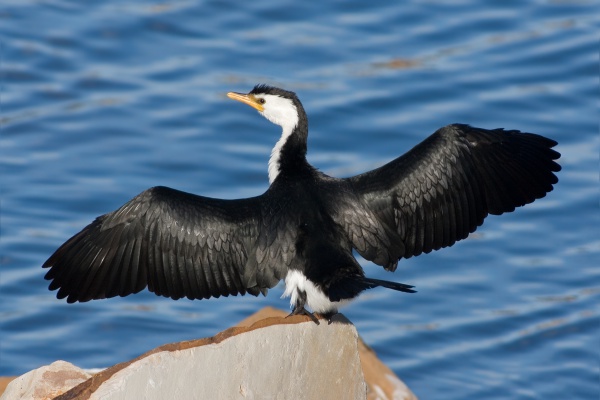
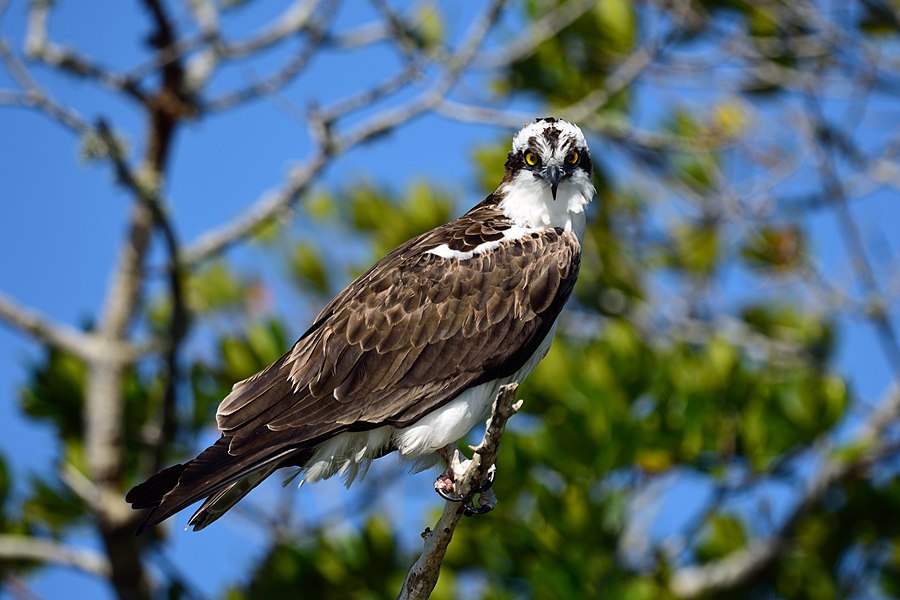
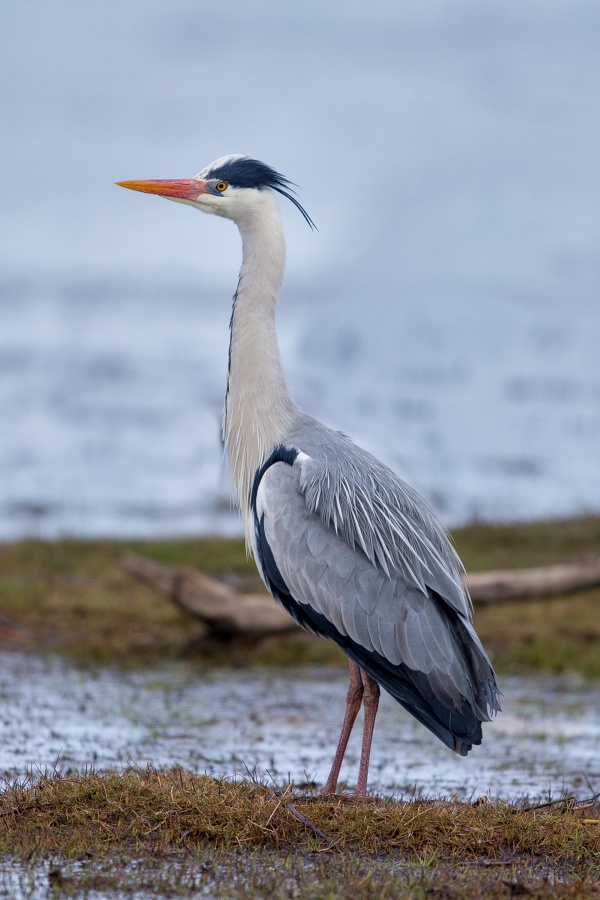
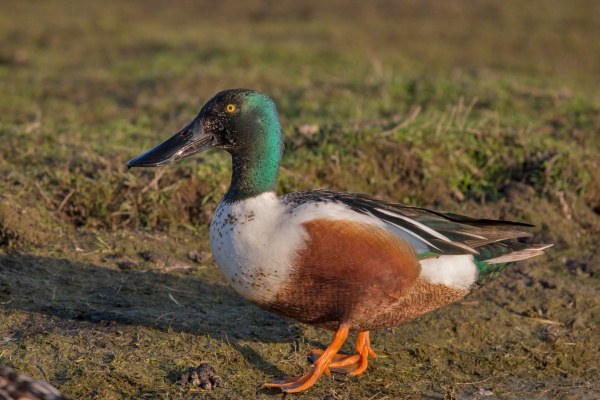
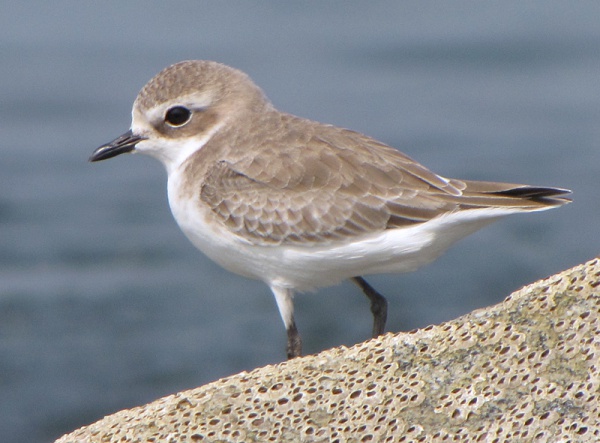
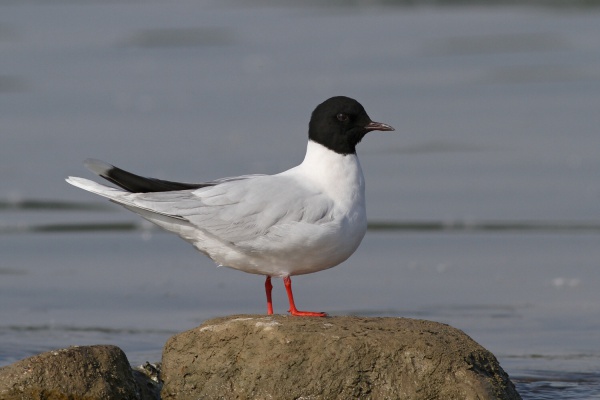
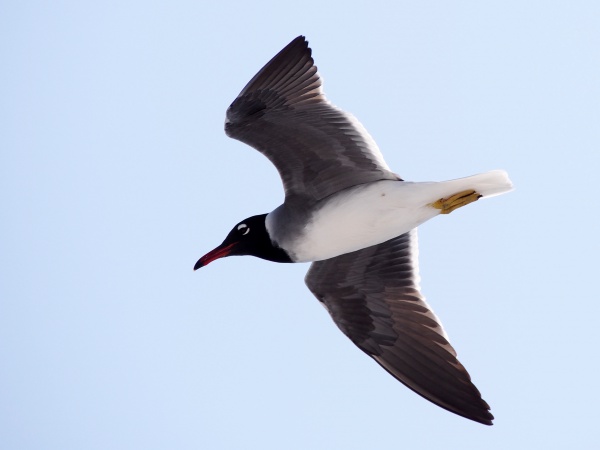
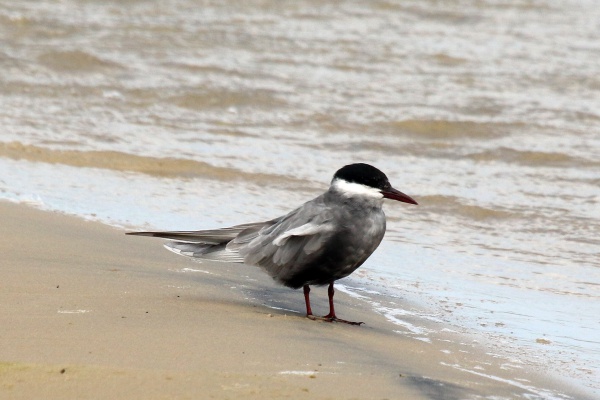
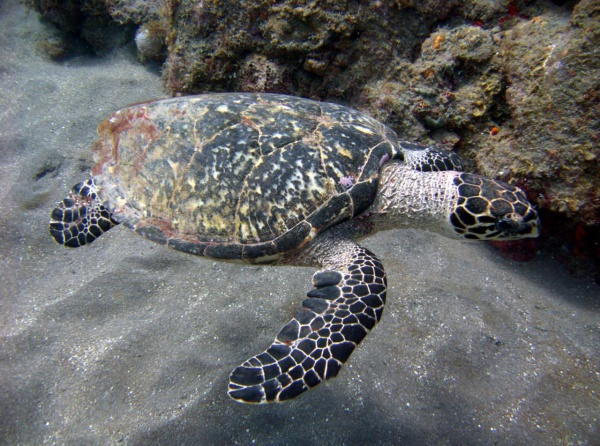
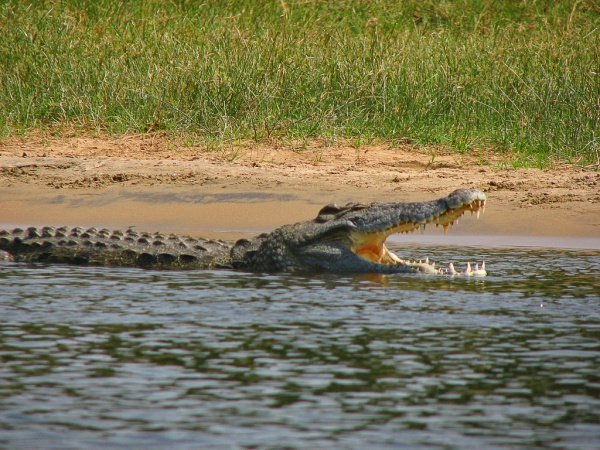
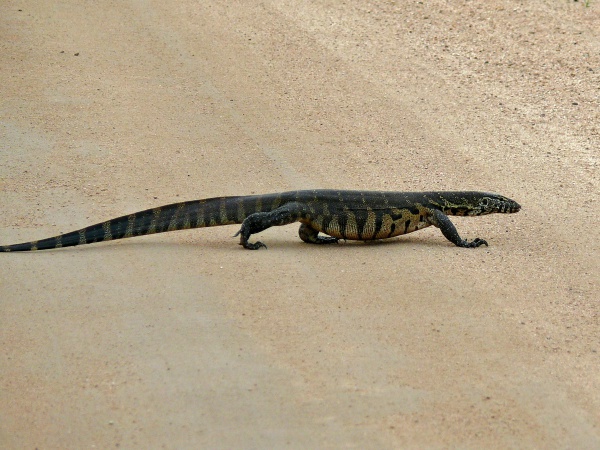
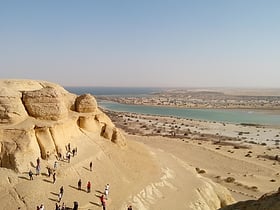
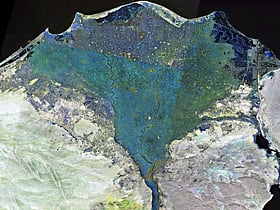
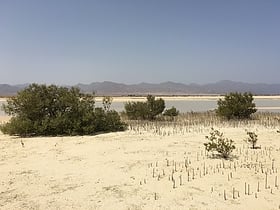
 Sudan
Sudan